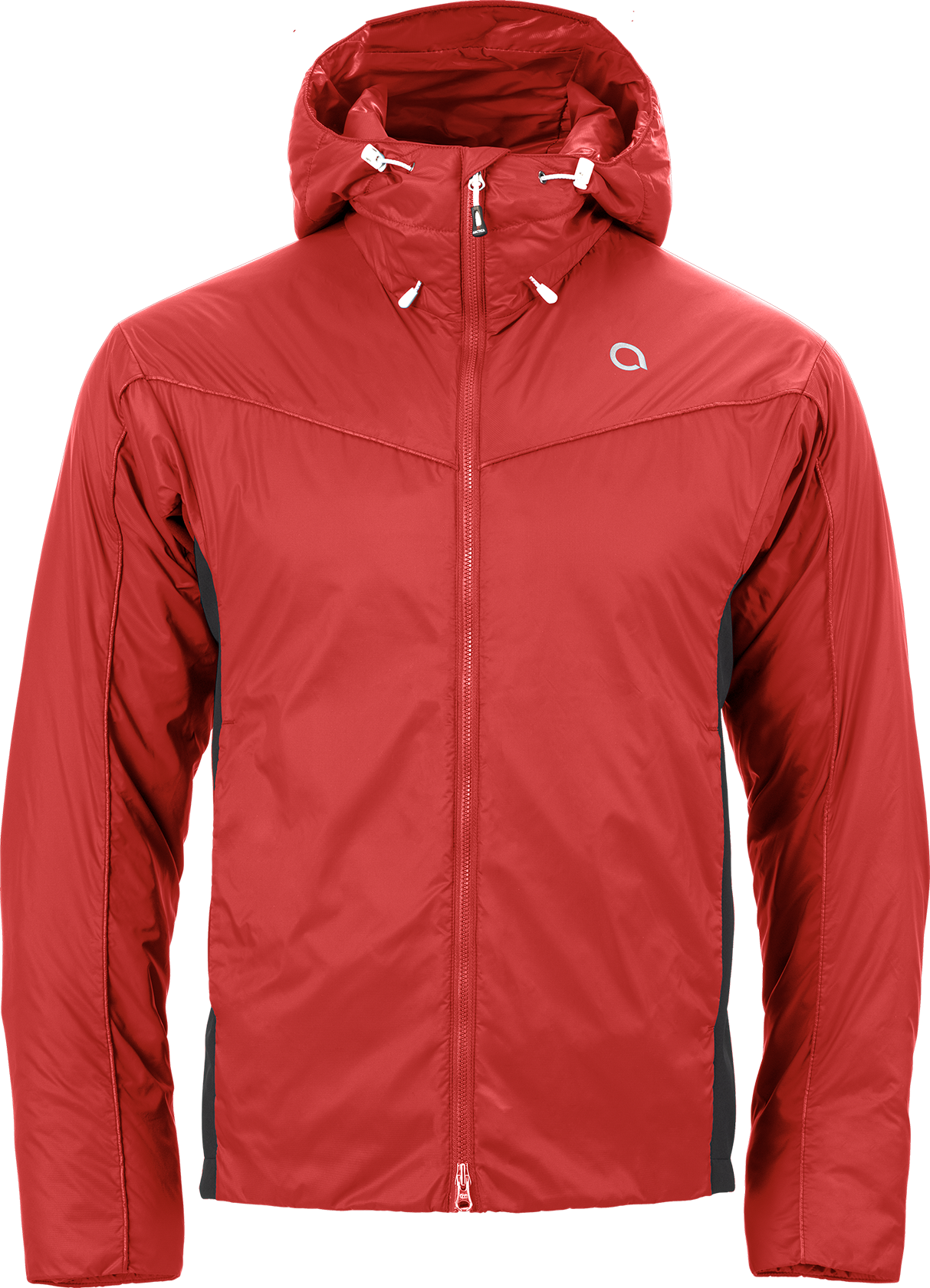A strong core is essential for successful ski racers. Ski racing demands exceptional physical conditioning, and these five core exercises can be performed anywhere. Incorporate them into your daily routine to enhance your stability, balance, and ability to manage forces while skiing. By focusing on these exercises, you’ll be better able to make the changes your coaches ask of you: hips forward, level over the outside ski, upper body squared down the hill…
When performing core exercises to boost your skiing performance, aim to feel the burn. Core exercises are often straightforward, but slight deviations in form can diminish their effectiveness. Ensure you execute these exercises correctly to maximize strength gains.
Pro tip to make it a little more fun: ask a teammate to join you!
1. Plank Reach
The plank is a fundamental core exercise that engages the entire body. To increase the challenge, add a reach. This variation requires your body to stabilize through an uneven platform, enhancing your ability to control your hips—crucial for ski racing.
How to Do It:
- Start in a plank position.
- Alternate reaching fully extended forward with each hand, holding the reach for a second.
- Aim to lift your arm to shoulder height while maintaining a flat back.
- Perform 2-4 sets of 8-10 reaches per side.
2. Hollow Hold
The hollow hold targets your core from a different angle, engaging deep core muscles and hips.
How to Do It:
- Lie on your back with arms overhead.
- Engage your core to lift your legs and mid-upper back off the ground.
- Pull your belly button toward your spine.
- Maintain this position, keeping your body in a slight curve.
- Hold for 20 seconds for 4-6 sets.
3. Elevated Glute Bridge
The elevated glute bridge works your lower back, hamstrings, and glutes, strengthening the rear chain. This is essential for holding your hips forward and keeping you out of the dreaded back seat.
How to Do It:
- Lie on your back with your heels resting on a chair, bench, or coffee table.
- Engage your core and squeeze your glutes to lift your hips into full extension.
- Maintain a straight line from your chest to your heels.
- For added difficulty, try alternating leg raises while maintaining stability.
- Hold for 60 seconds for 2-4 sets.
4. Copenhagen Plank
The Copenhagen plank strengthens your obliques and hip adductors, which are crucial for rotational stability.
How to Do It:
- Start in a side plank position with your upper foot on a bench or chair, and your lower foot floating freely.
- Adjust your arm position so your body is horizontal—hand on the floor with foot on a tall bench, or arm on the floor with foot on a lower bench.
- Lift your hips to form a straight line from your foot to your shoulders.
- Contract obliques, inner thighs, and glutes to hold your hips in a square and level position.
- Adjust the difficulty by moving the bench closer, resting your lower leg, or further, resting your foot.
- Hold for 45-60 seconds for 2-4 sets.
5. Russian Twist
The Russian twist improves rotational strength, which is essential for squaring your upper body down the hill. Many people perform Russian twists too fast and with too much extra movement. Slow down and dial this one in for full effect!
How to Do It:
- Sit on the floor with your feet slightly off the ground and heels grazing the floor.
- Lean back to form a right angle between your torso and thighs.
- Hold your arms in front of you and keep your gaze between your hands.
- Rotate your torso from side to side, moving slowly within your range of motion. If your hips and knees start shifting side to side, you are going too far.
- Keep your torso long and strong. Avoid letting your back curve forward.
- Perform twists for 60 seconds and 2-4 sets.
- Increase difficulty by slowly adding weight or lifting feet further off the ground.
Incorporate these core exercises into your training regimen to build a stronger, more resilient core that will benefit your skiing and racing performance. To take it a step further, build a mid-season conditioning plan now, incorporating these core exercises. You’ll thank yourself in February!








Leave a Comment
You must be logged in to post a comment.